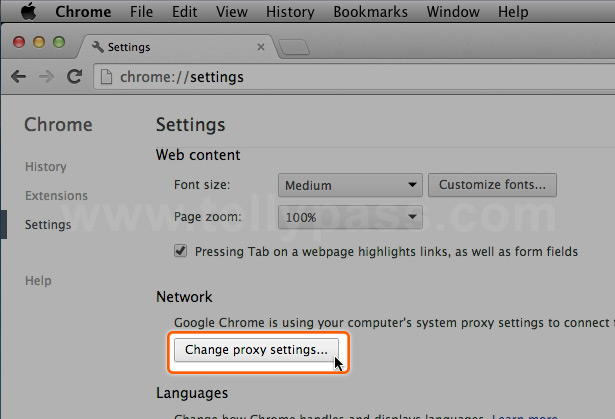



This will open the Internet Properties dialog (Windows) where you can adjust your network settings In the "Network" section, click Change proxy settings.Click the Chrome menu Chrome menu on the browser toolbar.To set up or change network connections, follow these steps: Long-press the name of the Wi-Fi network you want to change the proxy settings for. Open Android’s Settings app and tap Wi-Fi to view a list of Wi-Fi networks. In order to use a proxy in Internet Explorer you will need to: Some device manufacturers change the way Android’s Settings screen looks and functions, so you may find your Wi-Fi or proxy settings in a slightly different location. Changing these settings will affect Google Chrome as well as Internet Explorer or other programs that connect to the Internet. Even after you enable a proxy server for one Wi-Fi network, other Wi-Fi networks will continue to not use a proxy server by default. Repeat this process if you need to change the proxy server settings for another Wi-Fi network.Google Chrome uses your computer's system proxy settings to connect to the network. Under Proxy server, click to select the Use a proxy server for your LAN. Click on the Connections tab, and then click LAN Settings. This will open the Internet Properties dialog (Windows) where you can adjust your network settings.

In the 'Network' section, click Change proxy settings. Tap “Save” to save your settings when you’re done.Įach Wi-FI network has its own proxy server settings. Click the Chrome menu Chrome menu on the browser toolbar.
#WHAT ARE MY PROXY SETTINGS MAC ANDROID#
For example, if you wanted Android to access and directly without using the proxy, you’d enter the following text in the box: , If you want to have Android bypass the proxy for any addresses, enter them in the “Bypass proxy for” box, separated by commas. Enter the port the proxy requires in the “Proxy port” box. Provide whichever type of address you have. Despite the name of the box, you can enter both hostnames like “” and IP addresses like “192.168.1.100” here. Enter the address of the proxy in the “Proxy hostname” box. If you select “Manual”, you can manually enter the proxy server’s details. On a network that uses WPAD, you’ll have to either point Android at the appropriate automatic proxy configuration script or manually enter proxy server settings. PAC file where Android can acquire the proxy settings. If you enable “Proxy Auto-Config”, nothing will happen unless you also provide the address of a. This is sometimes used on business or school networks to automatically distribute proxy settings to devices on the network. Unlike other operating systems- Windows, macOS, iOS, and even Google’s own Chrome OS-Android does not support the Web Proxy Auto-discovery Protocol, or WPAD. PAC file, your network administrator or service provider will provide you with the address of the. If your organization or proxy service provider needs a. If you select “Proxy Auto-Config”, Android will prompt you to enter the address of a proxy auto-configuration script, also known as a. The “Proxy Auto-Config” option may not be available on older versions of Android. Tap the “Proxy” option and select either “None” for no proxy, “Manual” to manually enter proxy server settings, or “Proxy Auto-Config” to automatically detect the appropriate settings for your network. If you haven’t already connected to the Wi-Fi network, you’ll need to connect to the Wi-Fi network and enter its passphrase before you can access the “Modify Network” options.Įxpand the “Advanced options” section on this screen.


 0 kommentar(er)
0 kommentar(er)
